Teach your middle school aged children (ages 10-13) about their rights and responsibilities as citizens. Each of these books is a specialized lesson on an important area of civics. They focus on voting rights, civil rights, fundamental documents of democracy and how to use the privilege of citizenship to prop up democracy and promote positive change in the community.
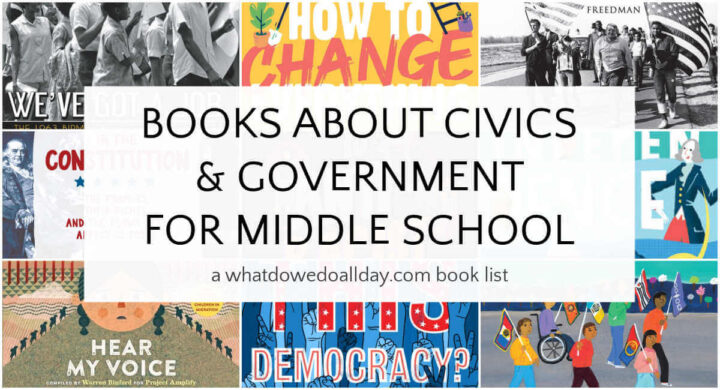
Note: this list contains Amazon and Bookshop affiliate links. Purchases made through these links may earn a commission for this blog. Bookshop also supports independent bookstores.
Table of contents
Voting
These books about voting help middle schoolers understand how voting rights have historically been granted unequally, how marginalized groups fought for the right to vote, and how the election system in the United States operates.
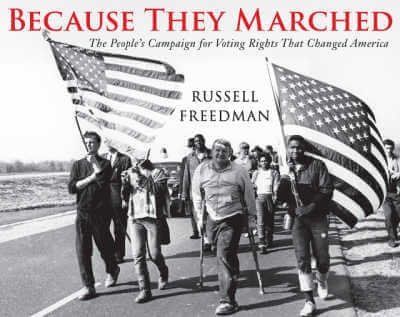
BECAUSE THEY MARCHED: THE PEOPLE'S CAMPAIGN FOR VOTING RIGHTS THAT CHANGED AMERICA by Russell Freedman
The combination of Freedman's readable prose, meticulous research and documentary photographs make his book about the events surrounding the 1965 voting rights march from Selma to Montgomery essential reading material. Some people level the criticism that children shouldn't know about or have to see photographic evidence of the brutality inflicted on people fighting for voting rights. I say, "Respect your children enough to tell them the truth." Ages 11 and up.
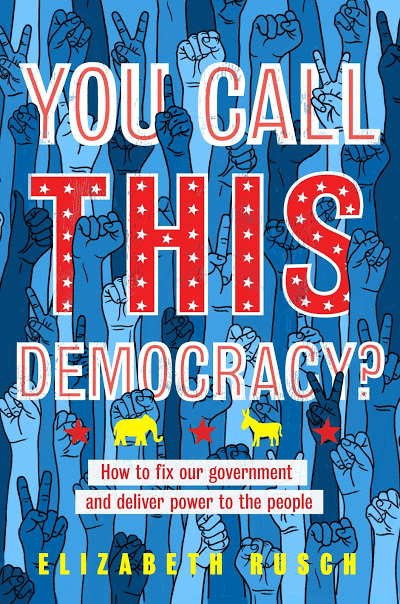
YOU CALL THIS DEMOCRACY? by Elizabeth Rusch
Here's a wonderful book about elections, democracy and the importance of advocacy, perfect for middle and high schoolers (and adults, as well, considering the sorry state of civics literacy). Rusch clearly explains the current electoral process in the United States and details its many challenges. She covers the electoral college, money in politics, gerrymandering, voter suppression, and more. But this is ultimately an encouraging book. Rusch explains the impact activism can have, and shares ways young people can be part of progress and change. Ages 10 and up.
MORE: Books about Voting and Elections
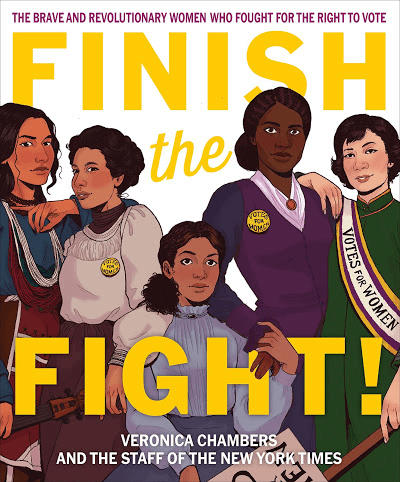
FINISH THE FIGHT by Veronica Chambers
Finish the Fight is a collection of biographical sketches of women of color and queer women activists compiled by the staff of The New York Times. Missing from many history books, but not from this one, are women across the spectrum, from Native American, Latinx, Asian and African-American backgrounds. Readers will come away with a fuller picture of the fight for voting equality than they might have gotten otherwise. Essential reading. Ages 8 and up.
MORE: Middle Grade Books for Women's History Month
Civil Rights
The fight for civil rights is never over, middle school students can use these books to learn about specific groups of people who have had to protest their unequal treatment by the government. Readers will be inspired to keep working to make sure all people are treated equally, justly and humanely.
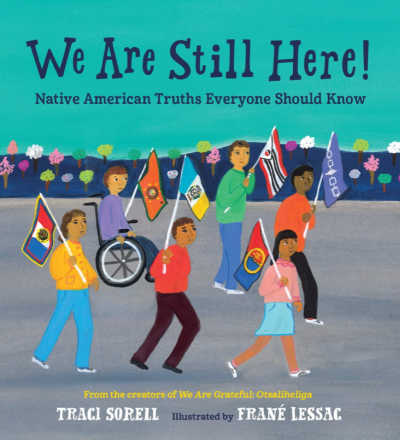
WE ARE STILL HERE! NATIVE AMERICAN TRUTHS EVERYONE SHOULD KNOW by Traci Sorell, illustrated by Frané Lessac
This is a great follow up book to Sorell and Lessac's marvelous We Are Grateful: Otsaliheliga (read it first, if you haven't already! –Ages 4 and up) . The text is structured around 12 Native American students sharing presentations for Indigenous Peoples' Day about the past, present and future of Native lives. The students' presentation cover a wide range of subjects from how the US government treated the indigenous population, to environmental, enrollment and language concerns. As the book continues, we learn about the resiliences of Native citizens and their dedication to protect their heritage and build strong economies and institutions. A glossary, timeline and more information are found in the end notes. Ages 7 and up.
MORE: Middle Grade Books by Indigenous Authors
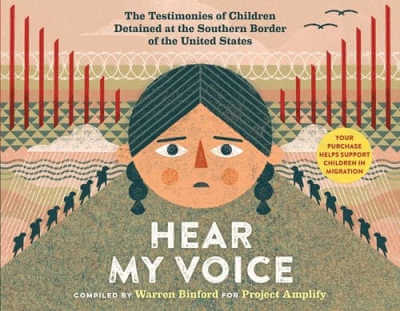
HEAR MY VOICE/ESCHUCHA MI VOZ: THE THE TESTIMONIES OF CHILDREN DETAINED AT THE SOUTHERN BORDER OF THE UNITED STATES, compiled by Warren Binford, various illustrators
This collection of interviews from 61 migrant children, ages 5-17, makes it impossible to argue that non-citizens shouldn't have the same human rights as citizens. The first person narratives are written in the original Spanish and translated into English. Although this book is appropriate for a middle school audience, I recommend reading it along with your students and children. Seventeen Latino illustrators bring the children's words to life in imaginative and thought-provoking ways. The forward and end notes add context and history to the children's experiences. Ages 8 and up.
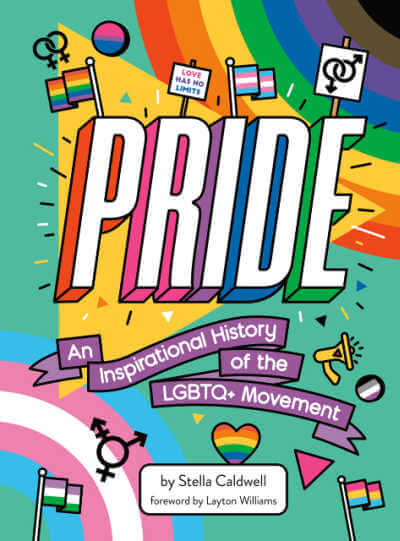
PRIDE: AN INSPIRATIONAL HISTORY OF THE LGBTQ+ MOVEMENT by Stella Caldwell
This is not just an introductory history of the LGBTQ+ civil rights movement in the United States, but an acknowledgement that queer people have always existed. Its easy-to-read and colorful format includes personal narratives, side notes, timelines, quotes and photographs that introduce readers to important events and significant individuals throughout history. Ages 9 and up.
MORE: LGBTQ History Books
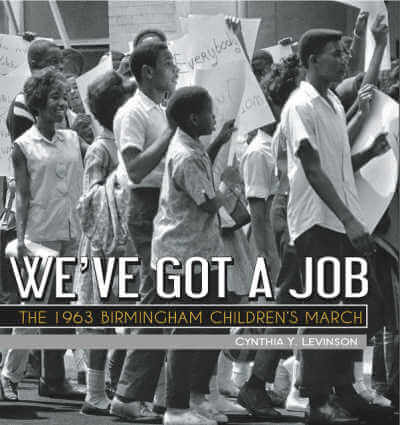
WE'VE GOT A JOB: THE 1963 BIRMINGHAM CHILDREN'S MARCH by Cynthia Levinson
In May 1963, four thousand Black children and teens marched in order to end segregation in the South. Today's middle schoolers will be provoked to wonder if they would have been willing to endure the hardships of the march, and if they would have been willing to go to jail as many of the children did. Levinson grounds her narrative in the stories of four unique participants, a nine-year-old and three teenagers. As most adults are unfamiliar with the events detailed in the book, I suggest every parent read it, too. Ages 10 and up.
MORE: African-American History Books
Citizenship
These books share with students that citizenship is more than residency in a particular country, it is a privilege that allows them to take care of their community in a way that protects and lifts everyone up.

THIS BOOK IS ANTI-RACIST: 20 LESSONS ON HOW TO WAKE UP, TAKE ACTION, AND DO THE WORK by Tiffany Jewell, illustrated by Aurélia Durand
Instead of lecturing children, Jewell inspires readers to think about their own identity in the context of society. She poses questions to readers to inspire them to think critically about how their identity plays a role in how they perceive and treat others and how others might perceive and treat them. Sections of the book are punctuated with activities which can be prompts for discussion or journal writing. Jewell's book is uplifting and readers come away with a deeper understanding of what it means to build a community where everyone is valued. Ages 10 and up.
MORE: Anti-Bias Middle Grade Books
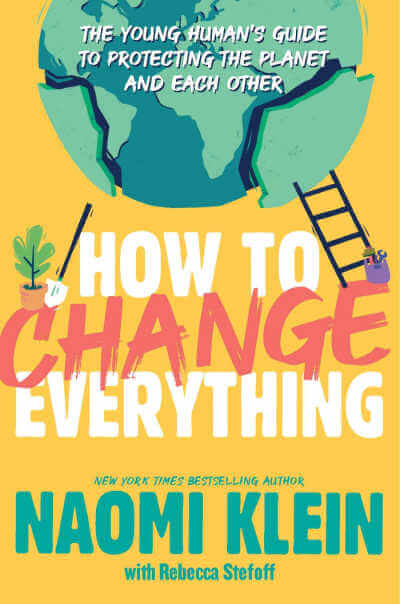
HOW TO CHANGE EVERYTHING: THE YOUNG HUMAN'S GUIDE TO PROTECTING THE PLANET AND EACH OTHER by Naomi Klein, with Rebecca Stefoff
Citizenship is more than voting in elections, it's working for positive change both in your neighborhood and on a global scale. Klein and Stefoff have written an informative book about how the climate is changing and how young citizens can take meaningful action to protect it. But this book doesn't just cover rising temperatures and climate science, middle schoolers (and high schoolers!) will learn about environmental justice issues, the impact of economic issues on climate health, and read about real teens and young adults affecting change. Ages 11 and up.
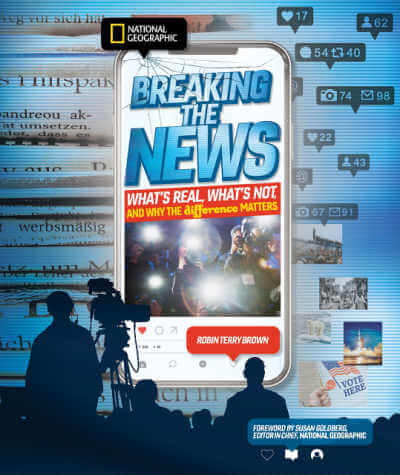
BREAKING THE NEWS: WHAT'S REAL, WHAT'S NOT AND WHY THE DIFFERENCE MATTERS by Robin Brown
Published by National Geographic, this volume aims to illuminate journalism, the dissemination of news through the media and how kids can be proactive in spotting bias and propaganda. With loads of illustrations, photographs, sidebars, call out boxes filled with digestible and sometimes amusing facts, examples from ancient to contemporary history as well as tips to make smart choices, the book is easy to read and full of an incredible amount of information. Highly recommended! Ages 10 and up.
MORE: Books to Help Kids Spot Misinformation and "Fake News"
Documents of Democracy
The books on this list are focused on the United States and the following two books are excellent introduction for children to learn about the two most important founding documents of U.S. democracy.
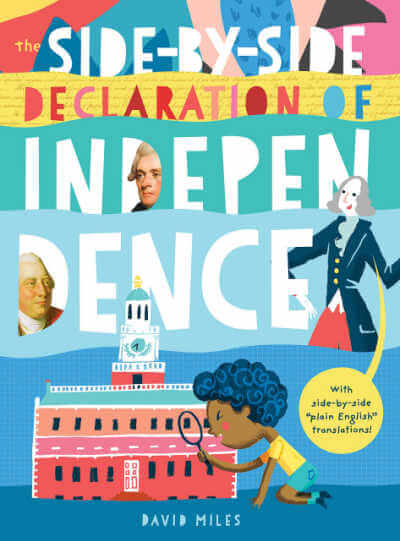
THE SIDE-BY-SIDE DECLARATION OF INDEPENDENCE by David Miles
This is one of the best books about the Declaration of Independence I have ever read. Miles is exceptionally talented at decoding the archaic text of the 200+ years old document for both kids and grown-ups. I learned more about the document from this book than I ever did in civics class, AND it was entertaining, even humorous! Collage style illustrations present the original text, amusing narrators/explainers, give contemporary context and invite the reader to think critically about the document. Superb. Ages 9 and up.
MORE: Best Books about the Presidents for Middle School

FAULT LINES IN THE CONSTITUTION by Cynthia Levinson and Sanford Levinson
This book is written for middle school and high school students but frankly I learned just as much as they will. This fearless look at the Constitution is so fascinating. This text will teach kids not just to see and discuss its imperfections and think critically about its role as a governing document, but to be thoughtful and active citizens. Ages 10 and up.



Leave a Reply